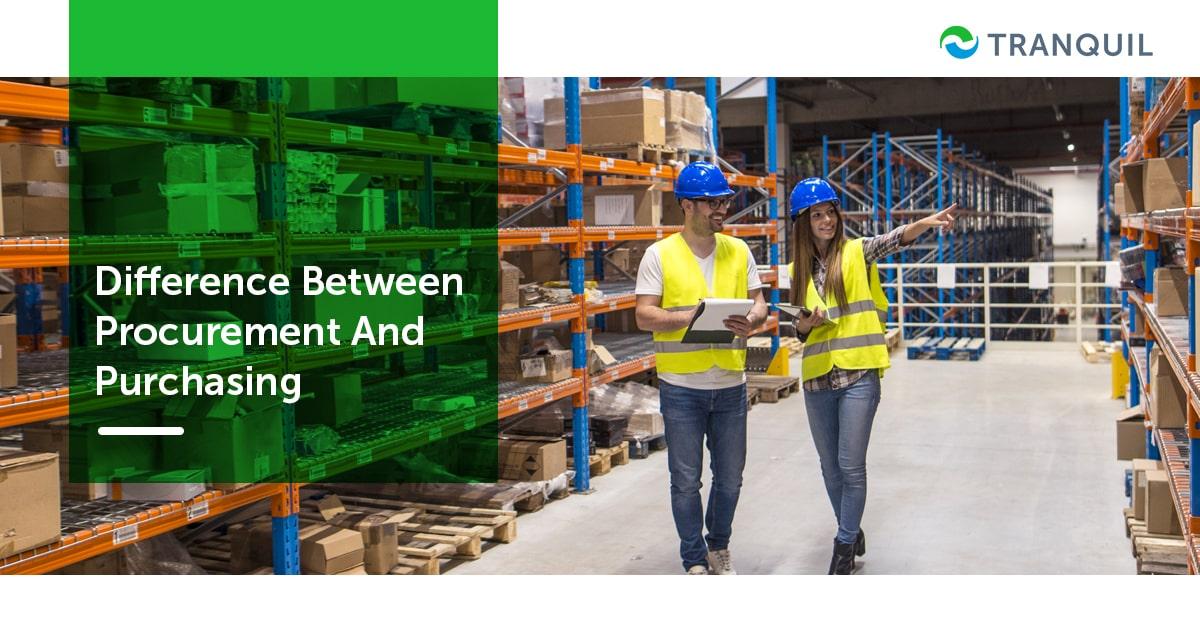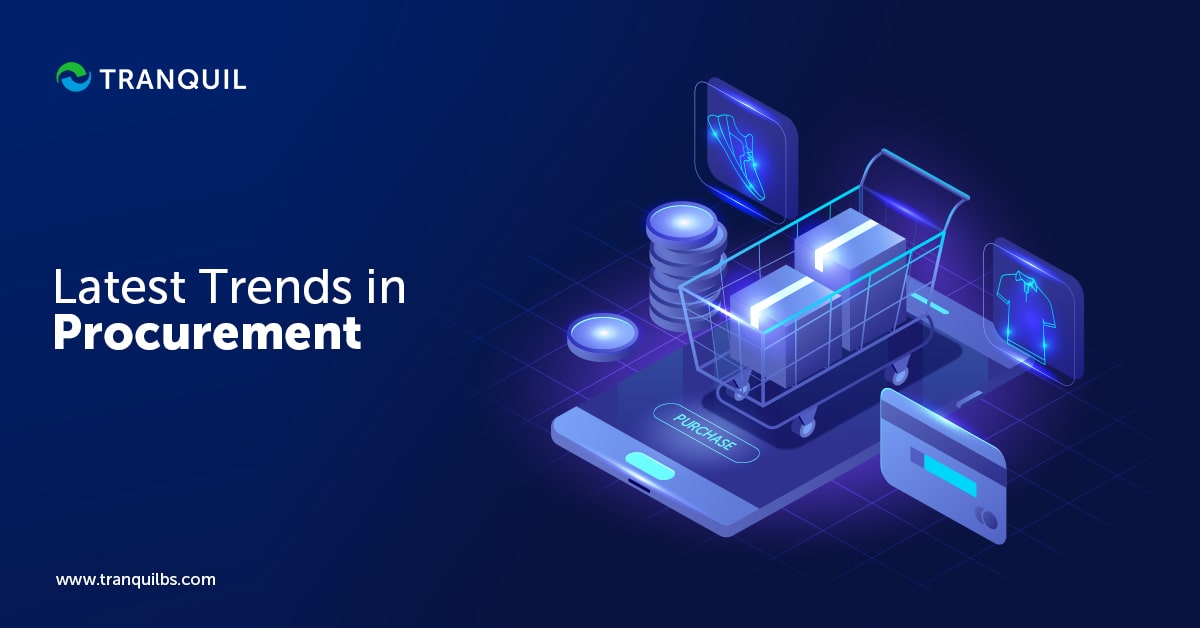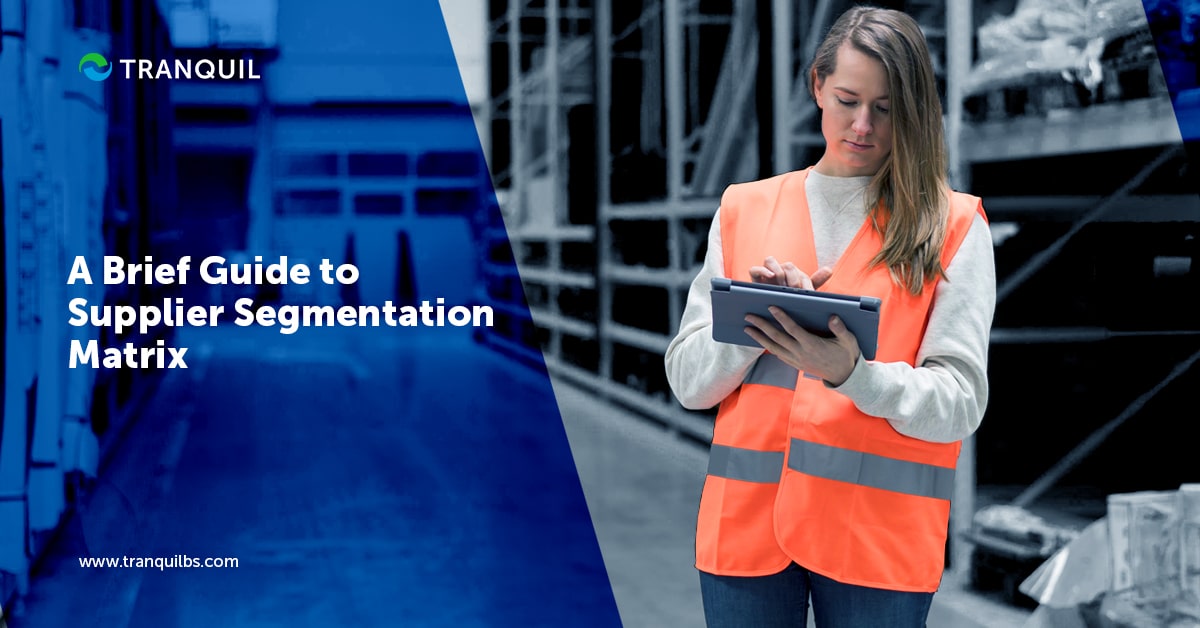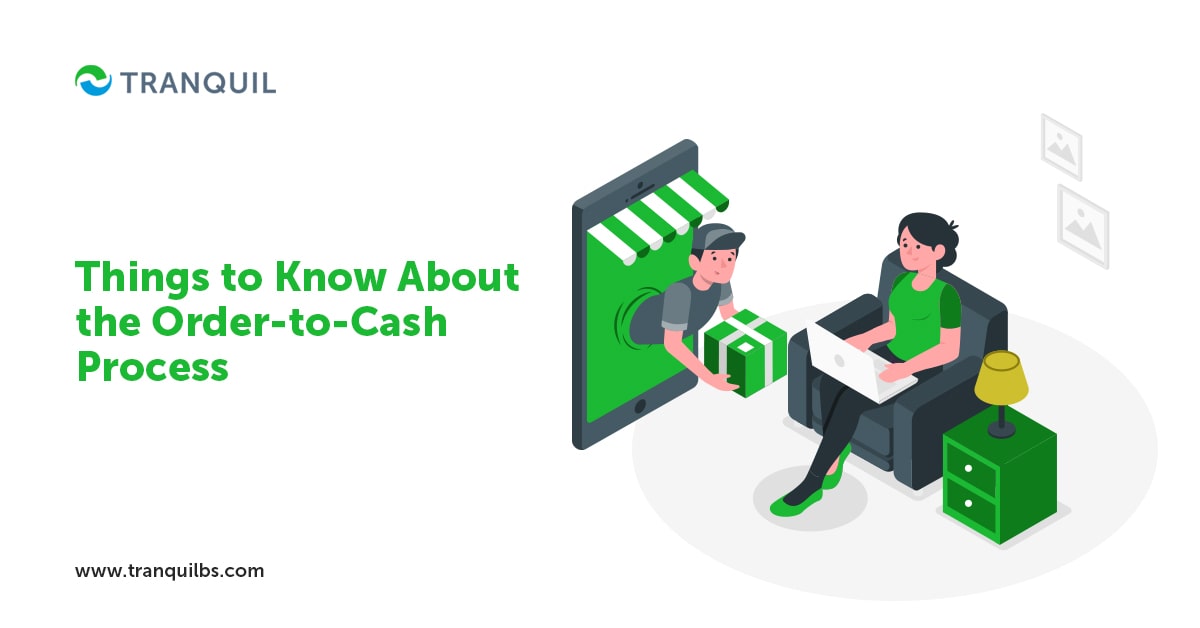
Difference Between Procurement And Purchasing
Both these terms are associated with buying goods and services, and often they are used interchangeably.
Especially if you are a layperson, you are quite likely to think they are one and the same activity.
You may be surprised to know, however, that they are two distinct terms; someone involved in the procurement function of an organization will be aware of the difference, and you can expect to get a list of differences.
The two terms differ in several ways: the employees or personnel involved, the intention, tasks covered, and most importantly, what each accomplishes.
The main difference between procurement and purchasing is that one is a transactional process, and the other is strategic.
This is in spite of the fact that the core function in both is that of finding and obtaining goods and services.
Procurement is more strategic in nature.
The whole process, if you look at it, is all about strategy: research, negotiating, planning, and so on.
Purchasing, on the other hand, focuses solely on the way in which goods and services are ordered and purchased, like generating purchase orders, making payments, and so on.
Therefore, you can say that procurement and purchase are two distinct business processes that is both connected to the sourcing and acquiring of products and services, and are important aspects of the department of procurement.
Unfortunately, some companies are still not aware of procurement purchasing difference and use purchase and procurement interchangeably.
However, not knowing how these terms differ can cause you to ignore certain factors which can negatively impact your profitability.
Without much further ado, let’s take a deeper look at purchasing vs procurement, and see and understand how exactly the two terms are different from each other.
ALSO READ: Ways to Improve the Procurement Process
What is Procurement?

Procurement can be defined as the process where you recognise, shortlist, choose, and then obtain goods and services from a supplier.
This could be through competitive bids, direct purchase, or via a process of submitting tenders.
Delivery of the specified quantity and quality, and at the specified time is also ensured.
In short, procurement is about making smart choices to ensure that you get the best goods and services at the best prices.
From start to finish, we can enumerate the process of procurement as below:
- Conducting market surveys
- Identifying potential vendors
- Drawing up a list of approved suppliers
- Recognizing the needs of the organization internally
- Generating an online purchase order
- Asking for proposals
- Studying and assessing the quotations received
- Choosing the optimal vendor and conducting negotiations
- Taking delivery of the goods
- Conducting quality checks
- Creating and managing contracts
- Approving invoices and completing payment for goods and services received
- Building long-term relationships with vendors
ALSO READ: Guide on How Do ERP Systems Work
What is Purchasing?
Purchasing refers to all the functions related to obtaining the products and services required by a company.
While procurement can be considered the broader function, the purchase can be thought of a smaller subset of that function.
The purchase involves elements like placing orders, expediting them, receiving the delivery, and making the payment.
We can list the steps involved in the purchase process below:
- Getting a purchase requisition
- Inviting proposals from vendors
- Studying and assessing the quotations received
- Sending the purchase orders officially
- Taking delivery of goods and services
- Scrutiny of the quality of goods and services delivered
- Making payments to the vendors
ALSO READ: What is Dead Stock – How Can You Avoid It?
Differences and Similarities between Procurement and Purchasing

Now that we have seen what is involved in procurement and what purchasing is all about, let us see the exact ways in which they differ and how they are similar to each other too.
If we had to talk about similarities between procurement and purchasing, we could say that both eventually are about acquiring goods and services for an organization.
The end result of both procurement and purchase is getting delivery of goods and services for your business.
We have already seen that both are processes executed in the process of obtaining products and services for a company, but they differ in their method and approach.
ALSO READ: Route and Van Sales – Challenges and Opportunities
First, let us see what is the difference between procurement and purchasing:
Procurement
- Includes a whole suite of activities connected to the acquisition of products and services
- Involves several steps taken prior to purchase, during the purchase, and after it is completed
- It’s an internal process that is used primarily in a production environment
- Focuses more on the value of an item rather than its cost
- Includes a set of tasks that notices and realizes requirements
- The process comprises recognizing needs, sourcing, and closing contracts
- It employs a proactive approach to identify and satisfy requirements
- It is relational in nature and concentrates on building relationships with vendors for the long term
- Concentrates on other long-term aims like gaining a competitive edge or ensuring a good fit with corporate aims
ALSO READ: What is P2P (Procure to Pay) Process?
Purchasing
- Includes all activities connected to purchasing goods and services
- It’s an external process that is mainly implemented in a wholesale environment
- It is simply a straightforward activity of purchasing goods and services, nothing else
- Considers the price of the item more important than its value
- It refers to the particular task of earmarking the expenditure
- Implements a reactive approach to fulfil internal requirements
- A transactional activity that places more importance on transactions rather than building relationships with suppliers
- Concentrates on achieving short-term goals like ensuring the correct quantity, expected quality, the agreed cost, at the correct time, and specified place.
Procurement and Purchasing Automation

Within an organization, the processes of purchase and procurement may be interchanged; obtaining goods and services for your organization can include multiple departments, mountains of paperwork, and numerous decision-makers.
Now, this can lead to the creation of bottlenecks in the process and hamper the speed of making decisions, rendering the procurement process complex and confusing.
Today, more and more organizations are turning to procurement software so that they can maintain supplier management efficiently, to access critical management easily and manage it properly, and get an overall view of projects and negotiations.
Automating the procurement functions can enable purchasing and procurement teams to improve the acquisition process for goods and services.
This is achieved by eliminating manual data entry, and avoiding errors, reputations, enhancing the process of approval workflows and improving the report generation process as well.
Automation of important activities will enable you to improve the visibility of critical information and help management in making decisions.
By automating procurement, employees can be freed from mundane activities to focus on core business tasks. And add more value within businesses, like creating strategies for procurement and forging robust relationships with vendors.
ALSO READ: Challenges in Procurement and Supply Chain
Here are some examples of procurement automation scenarios:
- Integrating procurement software with systems like ERP, WMS, accounting, or other systems
- Automation of RFQs for when the level of inventory touches the points for replenishing
- Email or SMS notifications for automated stock reordering
- Automated generation and distribution of purchase orders
- Automatic emails for confirming orders
- Integrating EDI
Procurement or Purchasing, Who is the Winner?
Well, there is no winner as such if we had to decide between procurement and purchasing.
Every organization needs to decide which approach to use based on their specific business needs.
But generally speaking, purchasing may be a better option for small businesses as it is less complex and simpler.
However, enterprises would do well to implement a full-scale procurement process and have it as an important part of their corporate strategy.
Regardless of which approach you to decide on, remember that manual methods like using word documents, spreadsheets, paper forms, etc. are likely to create a lot of confusion.
Implementing a cloud-based procurement software like the one from Tranquil will help you improve productivity and streamline your procurement and purchase processes.
The Impact of an e-procurement Solution

However you look at it – purchase of procuring – there are multiple stakeholders that are involved in the process: from the employees in various departments (internal), to suppliers and contract negotiators (external).
Regardless of the differences between the two processes we discussed above, both processes necessitate extensive documentation and include numerous steps.
While one purchase cycle may last a few weeks, an entire procurement cycle may last for months.
It may even be repeated in case the organization does not receive an appropriate bid. In the event both are carried out manually, the efficiency factor will definitely be lacking, and lead to delays.
For example, documents have to revise, each bid has to be scrutinized, and all the invoices need to be reviewed; manually doing these activities will definitely take a long time.
However, if you have a robust digital solution for procure to pay, your organization will be able to record and save all the files related to purchase and procurement in a central database.
Procurement software from Tranquil can help you by automating tasks, and making the whole process easier and more efficient – something that a manual system will not be able to do.
ALSO READ: A Detailed Guide to Batch Tracking
If you have not automated your procurement or purchase process, perhaps it’s time to do so now. Or perhaps you are looking to revamp your purchase process. In either case, Tranquil can be your ideal partner in your digital transformation journey. Our procurement software can empower your procurement team by enabling them to build a smooth end-to-end procurement process. If you’re not sure how it will work for your organization, do schedule a demo at your convenience, and we will explain everything.



